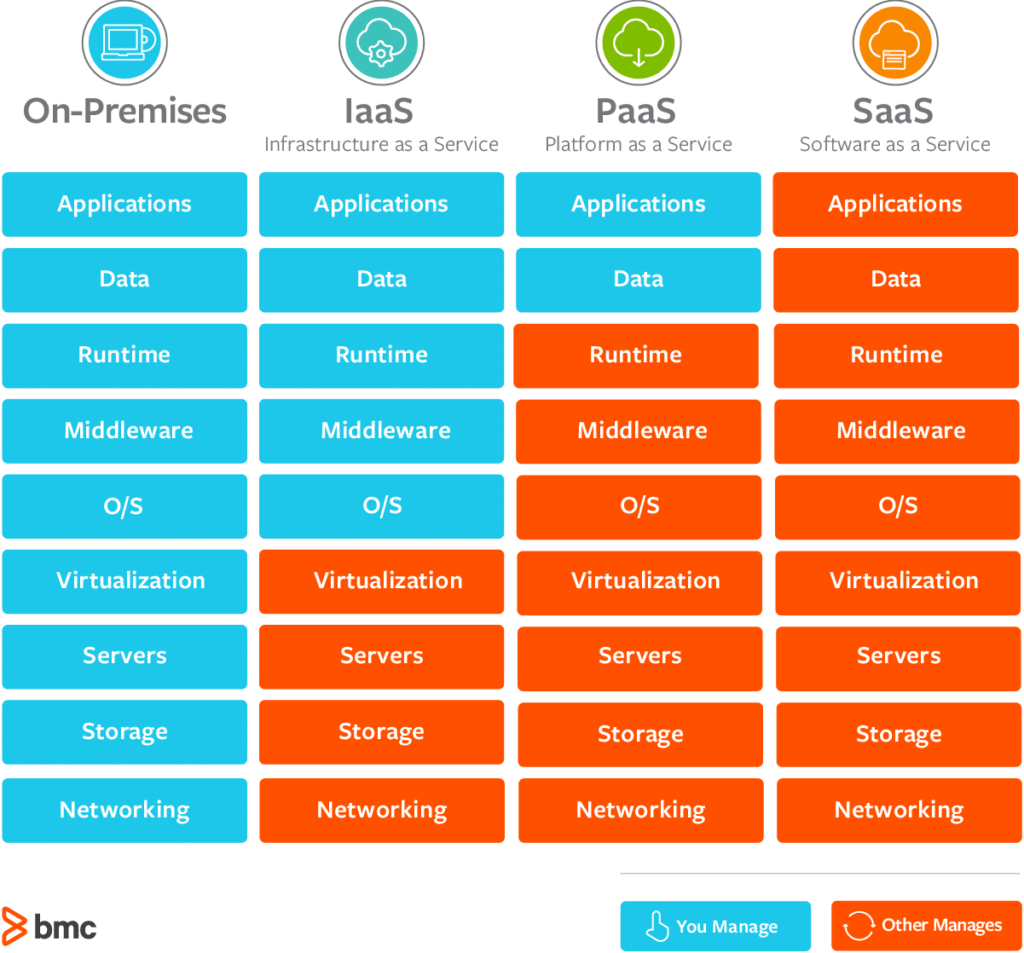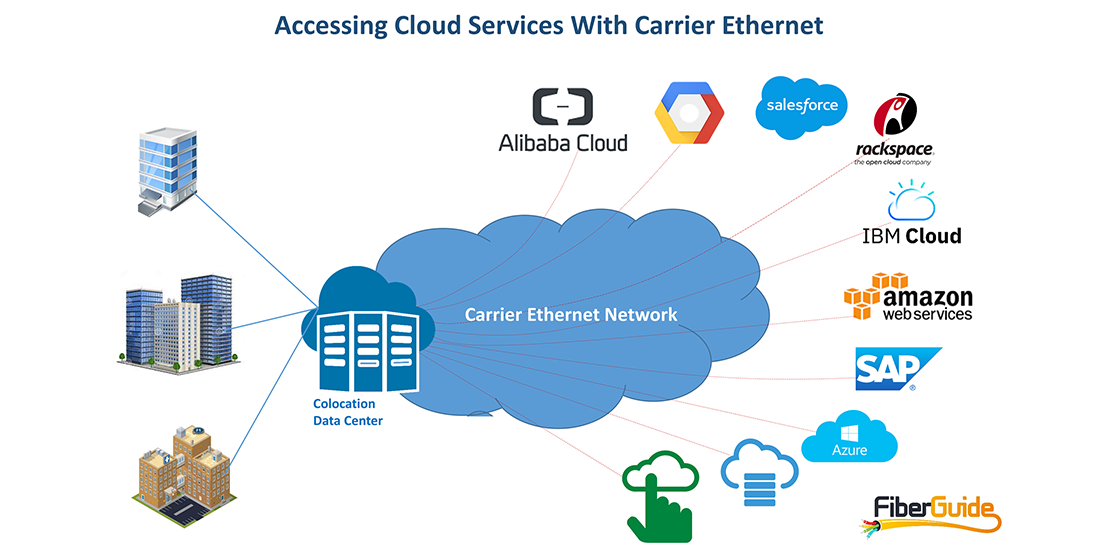Discover the Power of LinkDaddy Cloud Services: Official Press Release Insights
Discover the Power of LinkDaddy Cloud Services: Official Press Release Insights
Blog Article
Achieve Seamless Scalability With Cloud Services
In the ever-evolving landscape of cloud solutions, achieving smooth scalability stands as a cornerstone for contemporary businesses looking for to stay competitive and adaptable. The capability to easily expand or acquire sources in response to transforming demands is a critical advantage in today's fast-paced electronic atmosphere. By mastering the art of scalable cloud options, companies can not just enhance performance and improve operations but likewise lead the way for future growth and technology. The mission for seamless scalability with cloud solutions unveils a globe of possibilities for those happy to accept the transformative power of dynamic resource management.
Benefits of Cloud Scalability
Cloud scalability uses organizations the versatility to dynamically readjust resources based upon demand, guaranteeing ideal performance and expense efficiency. One crucial benefit is the capacity to scale resources up or down quickly in response to rising and fall workloads. This dexterity allows companies to meet changing client needs without over-provisioning sources, ultimately leading to cost financial savings. Scalability likewise boosts performance by guaranteeing that systems can deal with boosted website traffic or work without experiencing downtime or slowdowns. By efficiently alloting sources, companies can maintain high degrees of efficiency throughout peak times without unneeded costs during quieter durations. In addition, cloud scalability promotes innovation and testing by enabling companies to easily check originalities and scale them as needed. This adaptability motivates a culture of continual enhancement and adjustment, making it possible for organizations to stay competitive in a quickly developing market landscape. Inevitably, the advantages of cloud scalability prolong beyond expense financial savings to incorporate better efficiency, agility, and development.
Key Attributes for Scaling
Efficient scaling in cloud services counts on key attributes that make it possible for organizations to readjust resources dynamically based on need. One essential function for scaling is flexibility, allowing resources to scale up or down in feedback to fluctuating work. This makes certain that organizations can meet efficiency requirements without over-provisioning resources. An additional crucial function is scalability, making it possible for systems to manage increased work by adding resources seamlessly. This attribute is important for suiting growth without jeopardizing efficiency. Furthermore, automation plays an essential function in scaling by automating the provisioning and de-provisioning of sources based upon predefined policies. Automation minimizes human intervention, improves performance, and makes sure rapid reaction to changing demands. Tracking and analytics tools are also essential for scaling, offering insights into resource use, efficiency metrics, and prospective bottlenecks. These devices enable organizations to make informed decisions and optimize source appropriation for efficient scaling. In general, these key functions jointly equip companies to attain smooth scalability in cloud services.
Carrying Out Auto-Scaling Techniques
To properly maximize source allotment and adjust to differing work, organizations need to tactically carry out auto-scaling methods in their cloud services facilities. Auto-scaling permits systems to automatically readjust the number of calculate sources based upon real-time need. There are various auto-scaling strategies that organizations can use, such as anticipating scaling, which makes use of historical data to anticipate future source demands, and reactive scaling, which responds to present workload modifications.

Best Practices for Scalability
For companies aiming to enhance their scalability in cloud services, carrying out finest methods is essential for ideal efficiency and resource monitoring. One trick finest practice is creating applications with a microservices architecture. This strategy breaks down applications into smaller sized, independent services that can be released, upgraded, and scaled separately, permitting for higher versatility and scalability.
An additional important technique is utilizing containerization technology, such as Docker or Kubernetes. Containers make it possible for the product packaging of applications and their dependencies into separated devices, making it much easier to scale parts individually and release them constantly throughout different atmospheres.
Furthermore, executing automated release and facilities as code (IaC) can improve scalability initiatives (linkdaddy cloud services). Automation devices like Terraform or Ansible help in provisioning and taking care of sources effectively, reducing hands-on mistakes and making it possible for quick scalability
Furthermore, checking performance metrics, establishing notifies, and conducting normal capability planning are vital practices to ensure proactive scalability management. By sticking to these best practices, companies can accomplish smooth scalability in their cloud solutions while maximizing efficiency and resource usage.
Tracking Performance Metrics
When assessing the efficiency of cloud solutions scalability, closely monitoring efficiency metrics is important for making certain ideal functionality and resource allowance. By continuously tracking key efficiency indicators (KPIs) such as feedback times, throughput, source, and latency usage, organizations can gain valuable understandings into the wellness and efficiency of their cloud framework. Checking performance metrics enables for the early discovery of prospective bottlenecks or concerns that could impact scalability, enabling proactive steps to be required to address them before they rise.

Conclusion
In conclusion, achieving smooth scalability with cloud solutions is important for companies to maximize efficiency, improve advancement, and maintain high efficiency degrees throughout peak times. By leveraging the benefits of cloud scalability, applying auto-scaling strategies, using vital functions such as elasticity and automation, and following best methods like application style and efficiency tracking, companies can efficiently scale their systems while making best use of source utilization and efficiency.
The quest for smooth scalability with cloud services introduces a world of opportunities for those ready to embrace the transformative power of vibrant resource administration.
Cloud scalability offers companies the flexibility to dynamically adjust resources based on need, making certain optimum performance and cost efficiency. Another essential feature is scalability, enabling systems to manage enhanced work by adding resources effortlessly.For companies aiming to improve their scalability in cloud solutions, executing ideal practices is critical for optimal performance and source management.When analyzing the efficiency of cloud solutions next page scalability, very closely keeping an eye on efficiency metrics is necessary for making sure ideal capability and source allowance.
Report this page